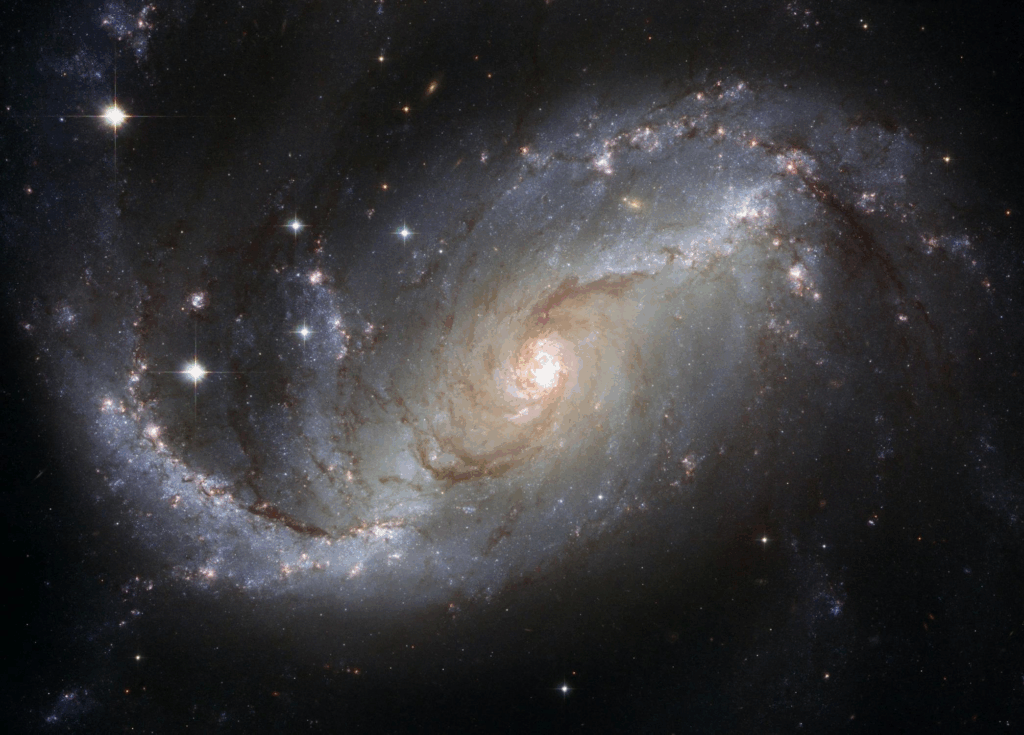You may not appreciate this most recent NASA update if the expanse of deep space is already making your spine tingle.
A mystery object that sends signals to Earth every 44 minutes has been found by the US space agency.
It was discovered by accident and is located roughly 16,000 light-years away. Astronomers have never observed a phenomenon like this before.
This device, known as ASKAP J1832-0911, emits strong flashes every 44 minutes, with a two-minute delay between each pulse.
ASKAP belongs to the recently identified class of space objects known as long period radio transients.

In contrast to pulsars, which are rotating neutron stars that are known to emit radiation pulses at extremely regular intervals, these enigmatic objects pulse in radio waves every few tens of minutes, which is an extremely sluggish beat.
ASKAP not only blinks in radio waves but also pulses in X-rays on the same 44-minute cycle, according to researchers using NASA’s Chandra X-ray Observatory, the most potent X-ray telescope in the world that can detect sources more than 20 times fainter than any previous X-ray telescope.
This is the first time that such a thing has been found, and it raises new questions concerning its nature and mechanism.
“This object is unlike anything we have seen before,” said Andy Wang, an astronomer at Curtin University in Perth, Australia, who was the main author.
“ASKAP J1831-0911 could be a magnetar (the core of a dead star with powerful magnetic fields), or it could be a pair of stars in a binary system where one of the two is a highly magnetised white dwarf (a low-mass star at the end of its evolution).”
He continued, “However, even those theories do not fully explain what we are observing.”
Even more intriguing is the discovery that, after just six months, ASKAP’s signals underwent a significant transformation.
When scientists checked on it in August, they discovered that, in comparison to its signals in February, the radio signal had been 1,000 times dimmer and that no X-rays had been recorded.
Researchers were left baffled by that abrupt shift.
“We looked at several different possibilities involving neutron stars and white dwarfs, either in isolation or with companion stars,” said co-author Nanda Rea of the Institute of Space Sciences in Barcelona, Spain, in a statement. “So far nothing exactly matches up, but some ideas work better than others.”
Strangely, ASKAP also appears to align with a supernova remnant, which is the luminous relic of a star that has exploded, in the sky. But scientists think that’s merely a coincidence.
ASKAP J1832 is significantly farther away in the background, while the supernova debris seems to be in the foreground, resembling a cloud moving in front of the sun.
The item is still a cosmic enigma.
“Finding a mystery like this isn’t frustrating,” said co-author Tong Bao of the Italian National Institute for Astrophysics, in a statement. “It’s what makes science exciting.”
Please SHARE this article with Family and Friends and let us know what you think in comments!





